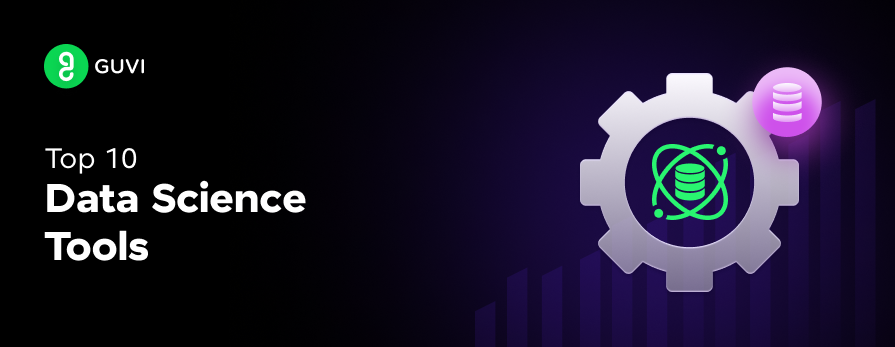
Top 10 Must-Have Data Science Tools for Advanced Analytics
Jun 30, 2025 7 Min Read 8668 Views
(Last Updated)
Are you planning a career in data science? With the profession’s rapid growth and increasing demand, it’s clear that data science is becoming more important than ever. But to succeed in this field, you’ll need to learn the right tools, skills, and frameworks. So, where should you start? Learning the essential tools used by data scientists is key.
In this blog, we’ll explore the top 10 data science tools, highlighting their essential features, the companies that rely on them, the platforms they support, and why they’re important for data science.
Table of contents
- About Data Science…
- The Role of Analytics in Data Science
- Criteria for Selecting Data Science Tools
- Top 10 Data Science Tools
- SQL (Structured Query Language)
- Statistical Analysis System (SAS)
- Tableau
- TensorFlow
- BigML
- Power BI
- Apache Spark
- Microsoft Excel
- Apache Hadoop
- MATLAB - Multi-Paradigm Programming Language
- Comparison Table of Top Data Science Tools
- Concluding Thoughts…
- FAQs
- Which tool is best for data science?
- What is advanced analytics in data science?
- What are the top DBMS tools used for data science?
- What are the minimum skills required for a data scientist?
- What are the 4 types of advanced analytics?
About Data Science…
Data science is the driving force behind extracting actionable insights from massive data. It uses a combination of machine learning, statistics, and data engineering.
Within data science, Advanced Analytics applies techniques like predictive modeling, optimization, and machine learning to forecast trends, make decisions, and automate processes.
To achieve these goals, data scientists need robust tools that streamline the entire process from data collection to analysis.
The Role of Analytics in Data Science
Advanced analytics is crucial in turning data into a strategic asset. It focuses on generating deeper insights using high-end tools and algorithms to perform real-time data analysis, predictive analytics, and machine learning.
Analytics helps organizations harness the power of their data, enhancing decision-making and operational efficiency.
Criteria for Selecting Data Science Tools
Choosing the right tool for advanced analytics depends on:
- Scalability: The ability to handle massive datasets and real-time data.
- Ease of Integration: Seamless interaction with other tools or systems.
- Real-time Analytics: Ability to process streaming data and generate immediate insights.
- Specialization: Some tools are optimized for statistical analysis, machine learning, or data visualization.
- Community Support: Strong community ensures continuous updates, new features, and documentation.
Top 10 Data Science Tools
There are various data science tools but you need to focus on only the most popular ones. Let’s look at the top and in-demand data science tools that are used very often by data scientists. These data science tools help you to perform complex tasks efficiently.
1. SQL (Structured Query Language)
SQL, developed by IBM is the most popular data science tool used by data scientists. It is a standard database language used to communicate with databases (access and manipulate data). It is used to create, update, delete, and retrieve data in databases like MySQL, Oracle, PostgreSQL, etc. A data scientist can work on operations that include defining, creating, and querying the database using SQL commands.
Features of SQL:
- High Security
- High performance
- Rich Transactional Support
- Flexible and Scalable
- Open-source
- Portable
Why SQL (Structured Query Language) for Data Science?
- Data Retrieval: SQL is essential for querying large datasets, making it indispensable for data extraction and manipulation.
- Data Management: It allows data scientists to efficiently manage and update databases, ensuring data integrity and organization.
- Integration: SQL can be easily integrated with other data science tools and languages like Python and R, streamlining workflows.
- Scalability: SQL databases can handle large volumes of data, making it suitable for enterprise-level data science projects.
- Standardization: SQL is widely used and standardized, which means data scientists can apply their skills across different platforms.
Use Case: Data extraction, transformation, loading (ETL) processes, and preparing datasets for further analysis.
2. Statistical Analysis System (SAS)
SAS is designed specifically for statistical operations, to analyze data. It provides tools for data modeling and organization, widely used in areas like advanced analytics, business intelligence, predictive analytics, and data management.
You can also execute SQL queries and support informative visualization via graphs, and multiple SAS versions support machine learning, data mining, time-series reporting, etc.
Features of SAS:
- Simple GUI
- Data analysis
- Statistical modeling
- Easy to learn
- Provides a well-managed suite of tools
- Accessing of data from database files
Why SAS (Statistical Analysis System) for Data Science?
- Advanced Analytics: SAS offers a wide range of statistical and machine learning algorithms, making it powerful for complex data analysis.
- Enterprise-Level Solutions: It’s designed for large-scale data processing, making it ideal for businesses that require robust analytical capabilities.
- Data Handling: SAS can manage large datasets with ease, providing reliable data processing and manipulation tools.
- Support and Documentation: With extensive support and documentation, SAS helps data scientists quickly resolve issues and learn new features.
- Security: SAS is known for its strong data security features, making it a preferred choice for industries like finance and healthcare.
Use Case: Fraud detection, financial risk management, and clinical trial analysis.
3. Tableau
Tableau is a data visualization tool, which has powerful graphics to create graphical visualizations. It has powerful graphics and can be used to make visualizations that can be interacted with.
You can solve advanced and complex data analysis and visualization problems in time. More than 60,000 companies utilize this tool for data visualization and creating interactive dashboards.
Features of Tableau:
- Ability to interact with different spreadsheets
- Online analytical processing (OLAP) cubes
- Visualize geographical data by plotting longitudes and latitudes on maps
- Can connect Tableau to cloud services
Why Tableau for Data Science?
- Data Visualization: Tableau excels at creating interactive and intuitive visualizations, helping data scientists present insights clearly.
- Ease of Use: Its drag-and-drop interface allows for easy creation of visualizations without needing to write complex code.
- Real-Time Analysis: Tableau supports real-time data updates, making it useful for monitoring live data streams and dashboards.
- Integration: Tableau can connect to a wide variety of data sources, including cloud services, databases, and spreadsheets.
- Collaboration: It allows data scientists to easily share dashboards and reports, fostering collaboration across teams.
Use Case: Real-time data visualization and reporting, making it ideal for business intelligence and decision-making.
Learning all these tools from scratch doesn’t seem that simple, does it? Need proper guided help?
Then take the best career-oriented approach with updated syllabi, tools, artificial intelligence, and industry-grade projects with GUVI’s Data Science Course hand-crafted by expert data scientists, and master not just data analytics but also data science as a whole.
4. TensorFlow
TensorFlow is a Google-owned open-source ML tool for creating deep-learning neural networks. It helps you to generate dataflow graphs for numerical computations.
It is used in domains like artificial intelligence, deep learning, and machine learning and helps in creating and training models and deploying them.
Features of TensorFlow:
- Flexible
- Scalable
- Open-source
- Data visualization
- Image recognition
Why TensorFlow for Data Science?
- Machine Learning: TensorFlow is a leading framework for building and deploying machine learning models, especially deep learning.
- Scalability: TensorFlow supports distributed computing, allowing models to be trained on large datasets across multiple GPUs or TPUs.
- Flexibility: It offers flexibility in designing neural networks, enabling data scientists to experiment with complex model architectures.
- Community Support: TensorFlow has a large and active community, providing ample resources, tutorials, and third-party tools.
- Integration: TensorFlow integrates well with other Google products and cloud services, enhancing its utility in large-scale applications.
Use Case: Building deep learning models for image recognition, natural language processing (NLP), and real-time decision systems.
5. BigML
BigML is an online, cloud-based, event-driven tool that helps in data science and machine learning operations. It allows you to work on techniques such as regression, classification, time series, forecasting, etc.
It uses automation methods to automate the tuning of hyperparameter models and the workflow of reusable scripts.
Features of BigML:
- Helps in processing machine learning algorithms
- Easy-to-use interface
- Automation techniques
- Visualize interactive datasets
Why BigML for Data Science?
- User-Friendly: BigML offers an intuitive interface that simplifies the process of building and deploying machine learning models.
- Automation: It provides automation features for tasks like model selection and hyperparameter tuning, saving time for data scientists.
- Comprehensive Tools: BigML includes tools for all stages of the data science pipeline, from data preprocessing to model deployment.
- Scalability: BigML can handle large datasets and is suitable for both small-scale projects and enterprise applications.
- Collaboration: It allows teams to collaborate easily by sharing datasets, models, and predictions within the platform.
Use Case: Automated machine learning pipelines for businesses that need scalable predictive analytics.
6. Power BI
PowerBI is a powerful data science tool used to generate rich and insightful reports from a given dataset. It can integrated with business intelligence. It uses formulae languages like Data Analysis Expressions (DAX) and M.
It is used for interactive visualizations, large datasets, large-scale real-time analytics, and generating quick analytics.
Features of PowerBI:
- Create data analytics dashboards
- Develop logically consistent datasets and generate rich insights
- Transform incoherent datasets into coherent datasets
- Data visualization
Why Power BI for Data Science?
- Data Visualization: Power BI excels at creating interactive visualizations that help in understanding complex data patterns.
- Integration with Microsoft Products: It integrates seamlessly with other Microsoft tools like Excel, Azure, and SQL Server, enhancing productivity.
- Real-Time Data: Power BI supports real-time data connections, allowing data scientists to analyze live data streams.
- Customizable Dashboards: Users can create customizable dashboards that cater to specific business needs and reporting requirements.
- Ease of Sharing: Power BI enables easy sharing of reports and dashboards, making it a collaborative tool for data-driven decision-making.
Use Case: Business intelligence, sales analysis, and customer behavior tracking.
7. Apache Spark
Apache Spark is one of the most popular open-source data processing and analytics tools that handle massive volumes of data.
It is known for its robust analytics engine that provides steam processing and batch processing. Not only it is used for data analysis but also works for machine learning projects.
Features of Apache Spark:
- Analyzes complex data streams
- Real-time streaming data processing
- Advanced Analytics
- Dynamic in nature
Why Apache Spark for Data Science?
- Speed: Apache Spark is known for its in-memory data processing, which speeds up data analysis tasks significantly compared to traditional methods.
- Scalability: It is designed to handle large-scale data processing, making it ideal for big data analytics.
- Versatility: Spark supports a wide range of data science tasks, including machine learning, graph processing, and streaming analytics.
- Integration: Spark can be integrated with Hadoop, Cassandra, HBase, and other big data technologies, offering flexibility in data management.
- Open Source: As an open-source framework, Apache Spark has a large community and extensive documentation, making it accessible for learning and support.
Use Case: Processing large-scale datasets, real-time data streaming, and building machine learning models with MLlib.
8. Microsoft Excel
Microsoft Excel is a very popular data science tool used for analytical operations. It helps to build powerful data visualizations and spreadsheets that are ideal for robust data analysis. It comes with various formulas, tables, slices, filters, etc. Also, you can connect it with SQL for further operations.
Features of Microsoft Excel:
- Built-in formulae
- Various types of data visualization elements like charts and graphs
- Offers pivot table
- Easy for beginners to understand
Why Microsoft Excel for Data Science?
- Familiarity: Excel is widely known and used, making it a go-to tool for quick data analysis and visualization tasks.
- Data Manipulation: It provides robust features for data cleaning, manipulation, and basic statistical analysis.
- Integration: Excel can be easily integrated with other data science tools and software, such as Python, R, and SQL.
- Visualization: Excel offers a variety of charting and graphing tools, allowing data scientists to create visualizations quickly.
- Macros and Automation: Excel’s macro capabilities allow for the automation of repetitive tasks, improving efficiency.
Use Case: Quick data analysis, summary statistics, and creating reports for small to medium-sized datasets.
9. Apache Hadoop
Apache Hadoop is an open-source data science tool that works in distributed processing and computing large datasets, i.e., can store and manage a large amount of data.
It helps data scientists for data exploration and storage by identifying the complexities in the data. It is widely known for its parallel data processing.
Features of Apache Hadoop:
- Scales large amounts of data
- Use Hadoop Distributed File System (HDFS)
- High availability
- Integrated functionality
Why Apache Hadoop for Data Science?
- Big Data Processing: Hadoop is designed to store and process massive amounts of data across distributed computing environments.
- Scalability: It can scale horizontally by adding more nodes to handle increasing data loads without compromising performance.
- Flexibility: Hadoop can process various types of data, including structured, semi-structured, and unstructured data.
- Cost-Effective: As an open-source platform, Hadoop offers a cost-effective solution for big data storage and processing.
- Ecosystem: The Hadoop ecosystem includes tools like Hive, Pig, and HBase, which enhance its capabilities for data science tasks.
Use Case: Storing and processing vast amounts of data, particularly unstructured or semi-structured data.
10. MATLAB – Multi-Paradigm Programming Language
MATLAB is a closed-source, high-performing tool that helps in performing mathematical operations used in different scientific disciplines such as testing of data science models and signal and image processing.
To create and link the layers of a deep neural network, we have a Deep learning toolkit.
Features of MATLAB:
- Develop algorithms and models
- Algorithmic implementation
- Statistical modeling of data
- Render data statistical modeling
Why MATLAB for Data Science?
- Mathematical Modeling: MATLAB is powerful for performing complex mathematical computations and modeling, making it ideal for data science.
- Visualization: It offers advanced visualization tools for representing data graphically, helping in better analysis and understanding.
- Toolboxes: MATLAB provides specialized toolboxes for different areas of data science, such as statistics, machine learning, and signal processing.
- Integration: MATLAB can interface with other programming languages and tools, such as Python, R, and Excel, for comprehensive analysis.
- Simulation: It excels in simulation and prototyping, allowing data scientists to test algorithms and models before deployment.
Use Case: Data modeling, simulation, and statistical analysis in areas such as engineering, biology, and finance.
Comparison Table of Top Data Science Tools
| Tool | Type | Key Use Case | Scalability | Strengths |
| SQL | Database Query Language | Data extraction, manipulation | High | Relational data manipulation |
| SAS | Analytics Suite | Statistical analysis, predictive | High | Enterprise-grade reliability |
| Tableau | Visualization | Real-time dashboards | Moderate | Powerful data visualization |
| TensorFlow | Deep Learning Framework | Deep learning, AI | High | Neural network modeling |
| BigML | Machine Learning Platform | Automated ML workflows | High | User-friendly, scalable ML |
| Power BI | Business Intelligence | Business reporting, BI | Moderate | Seamless Microsoft integration |
| Apache Spark | Big Data Analytics Framework | Distributed data processing | High | Real-time data streaming |
| Microsoft Excel | Spreadsheet | Basic data analysis, reporting | Low | Ubiquity, ease of use |
| Apache Hadoop | Big Data Framework | Big data storage, processing | High | Distributed storage and computation |
| MATLAB | Programming Language | Numerical computing | Moderate | Complex mathematical modeling |
Concluding Thoughts…
Selecting the right data science tool for advanced analytics depends on the specific requirements of the project. Tools like SQL, SAS, and Apache Spark handle data manipulation and large-scale processing, while TensorFlow and BigML drive machine learning and deep learning capabilities.
Visualization tools like Tableau and Power BI help make data insights actionable, and foundational tools like Microsoft Excel and MATLAB offer flexibility for smaller projects or mathematical modeling.
These tools together form a comprehensive toolkit that addresses the entire data science workflow, from data collection and storage to advanced analysis and predictive modeling. Understanding when and how to use each tool optimizes the potential of advanced analytics in driving smarter, data-driven decisions.
I hope my list of the top data science tools for advanced analytics has helped you answer all your doubts, if you have any more doubts do reach out to us in the comments section below.
FAQs
Python is widely considered the best tool for data science due to its rich libraries like Pandas, NumPy, and scikit-learn, along with strong community support.
Advanced analytics involves complex techniques such as:
a) Machine Learning
b) Predictive Modeling
c) Data mining to uncover deeper insights and future trends
The top DBMS tools for data science include:
a) MySQL
b) PostgreSQL
c) Microsoft SQL Server
d) MongoDB for managing and analyzing large datasets
Minimum skills for a data scientist include:
1) Proficiency in Python or R
2) Knowledge of SQL
3) Understanding of Statistics
4) Experience with Machine Learning Algorithms
The four types of advanced analytics are:
a) Descriptive Analytics
b) Diagnostic Analytics
c) Predictive Analytics
d) Prescriptive Analytics















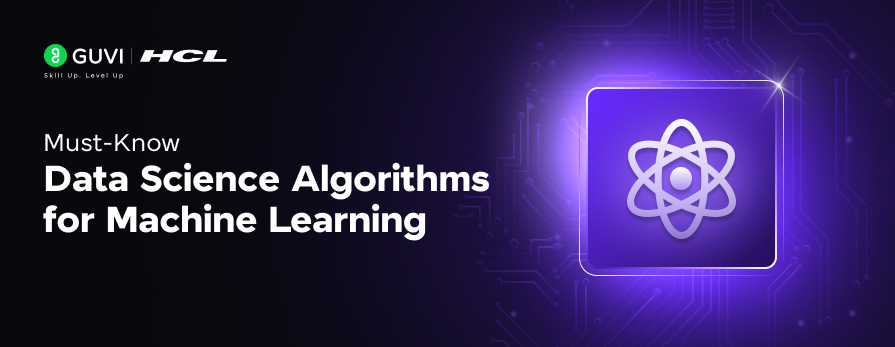
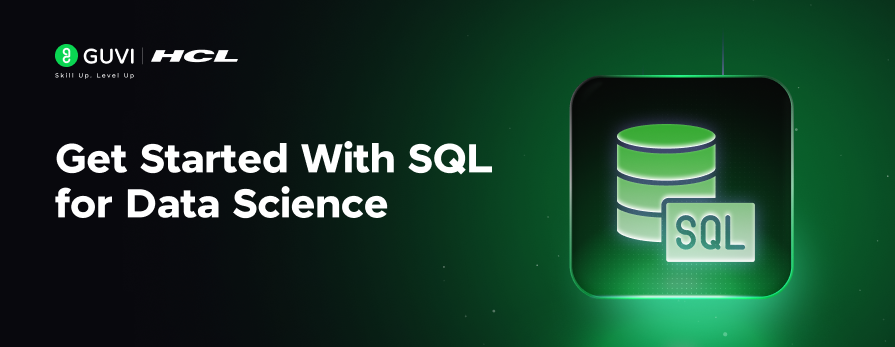
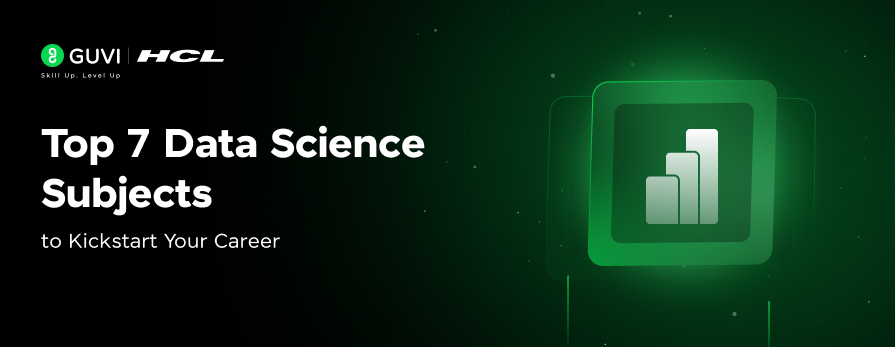
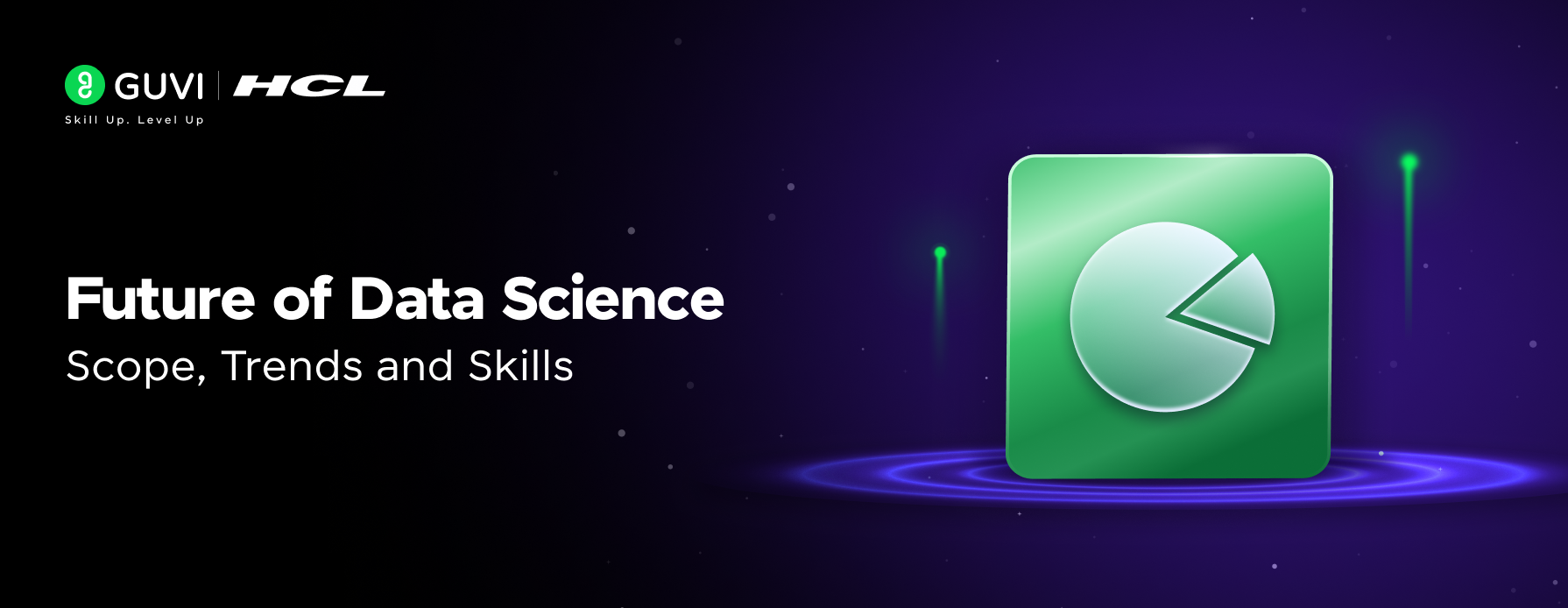
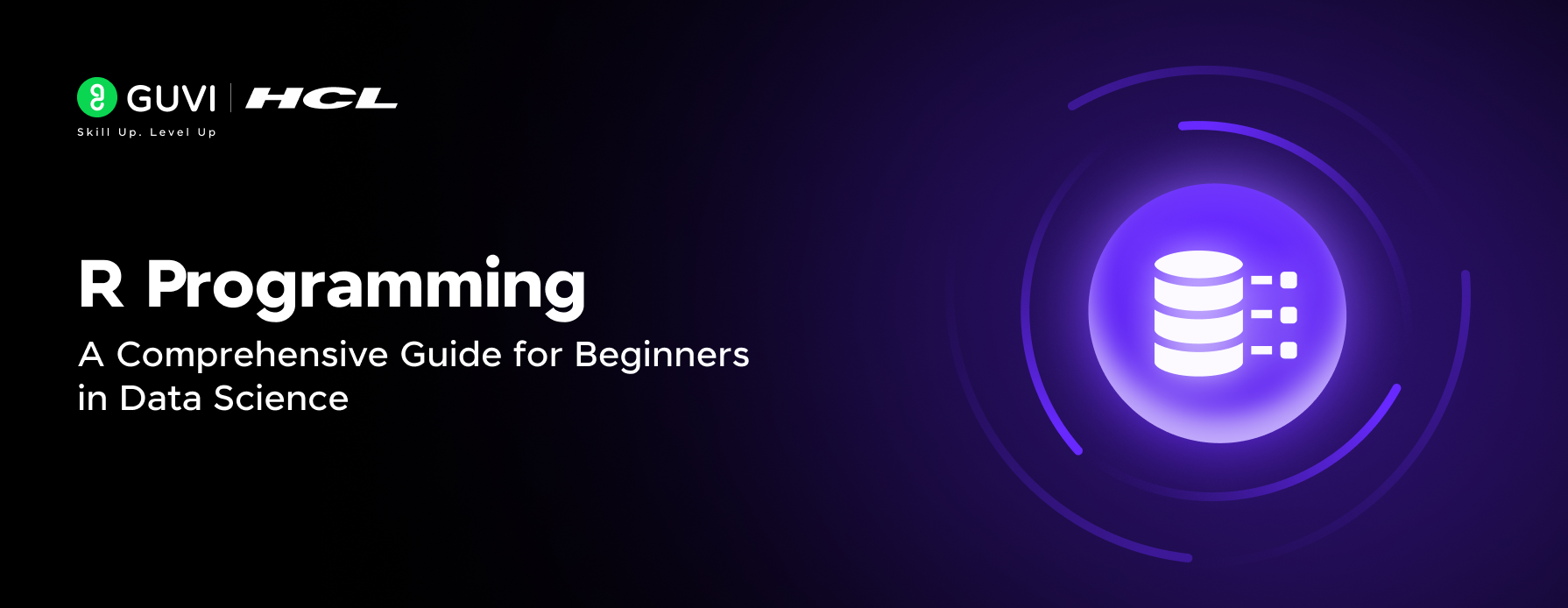
![What is the Difference Between BI and Data Science? [2025 Beginner's Guide] 7 difference between bi and data science](https://www.guvi.in/blog/wp-content/uploads/2025/06/Difference-Between-BI-and-Data-Science_.png)

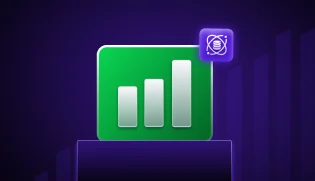
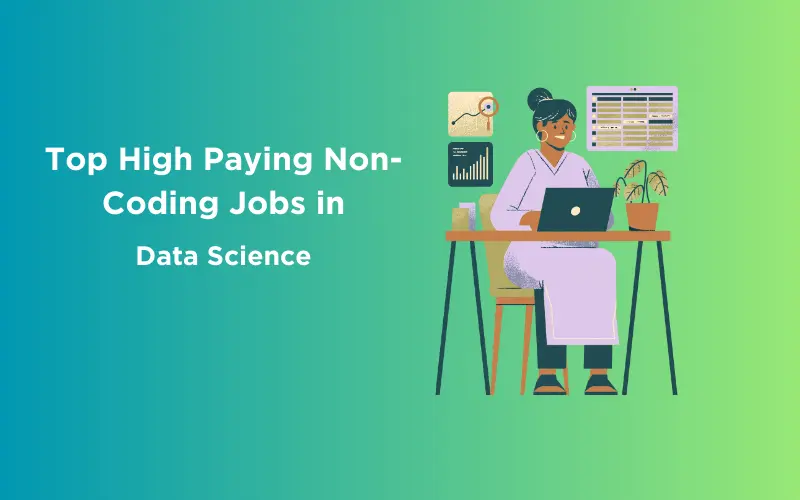

Did you enjoy this article?